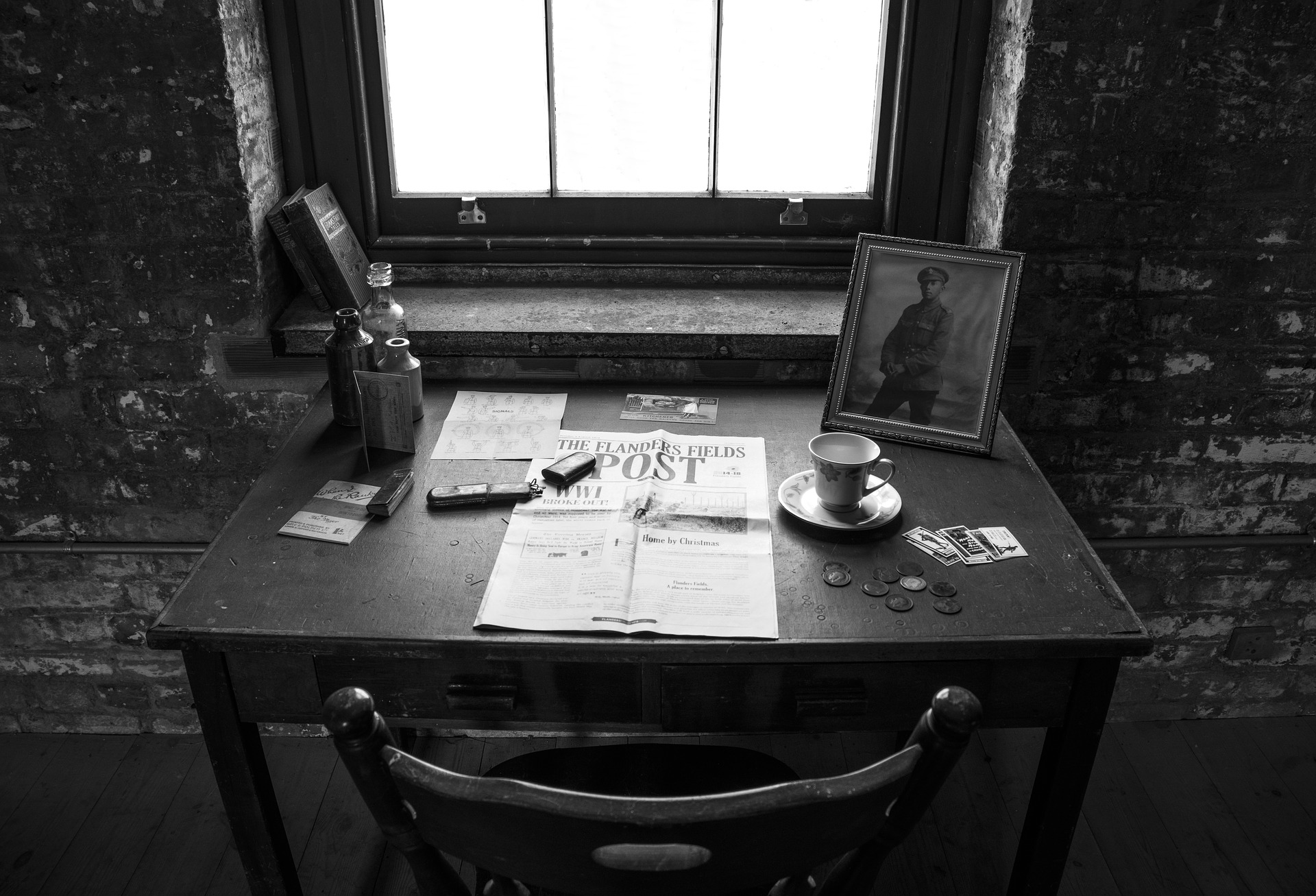Born in London, England, on October 31, 1795, John Keats, English Romantic poet, devoted his short life to the perfection of poetry marked by vivid imagery, great sensuous appeal and an attempt to express a philosophy through classical legend. In 1818 he went on a walking tour in the Lake District. His exposure and overexertion on that trip brought on the first symptoms of the tuberculosis, which ended his life.
John Keats took his place among the great English poets in the narrow space of six years. He was twenty when he first had a poem published in 1816, twenty-one when a first volume of his poetry appeared, and twenty-two when the second followed.
In the same year his work was ferociously attacked in the press and his young brother Tom died of tuberculosis; and at the same time he fell in love with Fanny Brawne, with no prospect of marriage. His health was never good. Yet an annus mirabilis followed, in the course of which he wrote a series of master works that included “The Eve of St Agnes”, ‘La Belle Dame sans Merci’ Lamia, the long fragment of Hyperion and the great odes. All were published in July 1820, in his third and last volume. By now he knew himself to be dying. In September he set off for Italy, with no real hope that the warm climate would save him.
In Rome he wrote no more. He died on 23rd February 1821, at the age of twenty-five, asking that his tomb should be marked with the bitter words “Here lies one whose name was writ in water”.
Poem:
Isabella Or The Pot of Basil was one of Keats early narrative poems, written in 1818.
Keats took the story of Isabella from Boccaccio’s (-a 14th century Italian writer) Decameron. Boccaccio tells a simple short tale which interested Keats for its plot. Yet, Keats was caught far more by the passion than by the action of the tale. His rendering of this Italian spine-chilling plot, concentrates more on the psychological aspect of the lovers rather than the elaboration of events.
Summary and Explanation of Isabella Or The Pot of Basil by John Keats:
Isabella was a lady from Messina who falls in love with Lorenzo, the administrator of her brothers’ fortune. They learn about the meetings of the lovers. At first they are silent to avoid scandal, but one day they invited Lorenzo to a festival outside the city and murdered him.
Isabella was told that Lorenzo had had to make a long journey abroad. But months pass and he does not return. Isabella mourns and pines the departure of her lover. One day as she lay exhausted and sleeping, Lorenzo’s ghost suddenly appeared before her. He was pale, blood-drabbled, with garments rent and mouldy.
He told her of her brothers’ deed and asked her to find his body where it lay. Isabella finds the grounds where Lorenzo had been murdered. She brings back his head and buries it in a pot of basil. She tends to this obsessively, arousing the suspicions of her brothers’. One day they steal away the pot and Isabella is left alone to die in pain, mourning the death of her one true love.
Dear Readers- If this summary/analysis has helped you, kindly take a little effort to like or +1 this post or both. Make sure you like Beamingnotes Facebook page and subscribe to our newsletter so that we can keep in touch. We’ll keep informing you about stuffs that are really interesting, worth knowing and adds importance to you.
Some online learning platforms provide certifications, while others are designed to simply grow your skills in your personal and professional life. Including Masterclass and Coursera, here are our recommendations for the best online learning platforms you can sign up for today.
The 7 Best Online Learning Platforms of 2022
- Best Overall: Coursera
- Best for Niche Topics: Udemy
- Best for Creative Fields: Skillshare
- Best for Celebrity Lessons: MasterClass
- Best for STEM: EdX
- Best for Career Building: Udacity
- Best for Data Learning: Pluralsight












